Subscriptions available in Domain profiles on Delfi
Choose the solutions you need from our subscription profiles. Available domain profiles cover the entire E&P life cycle.
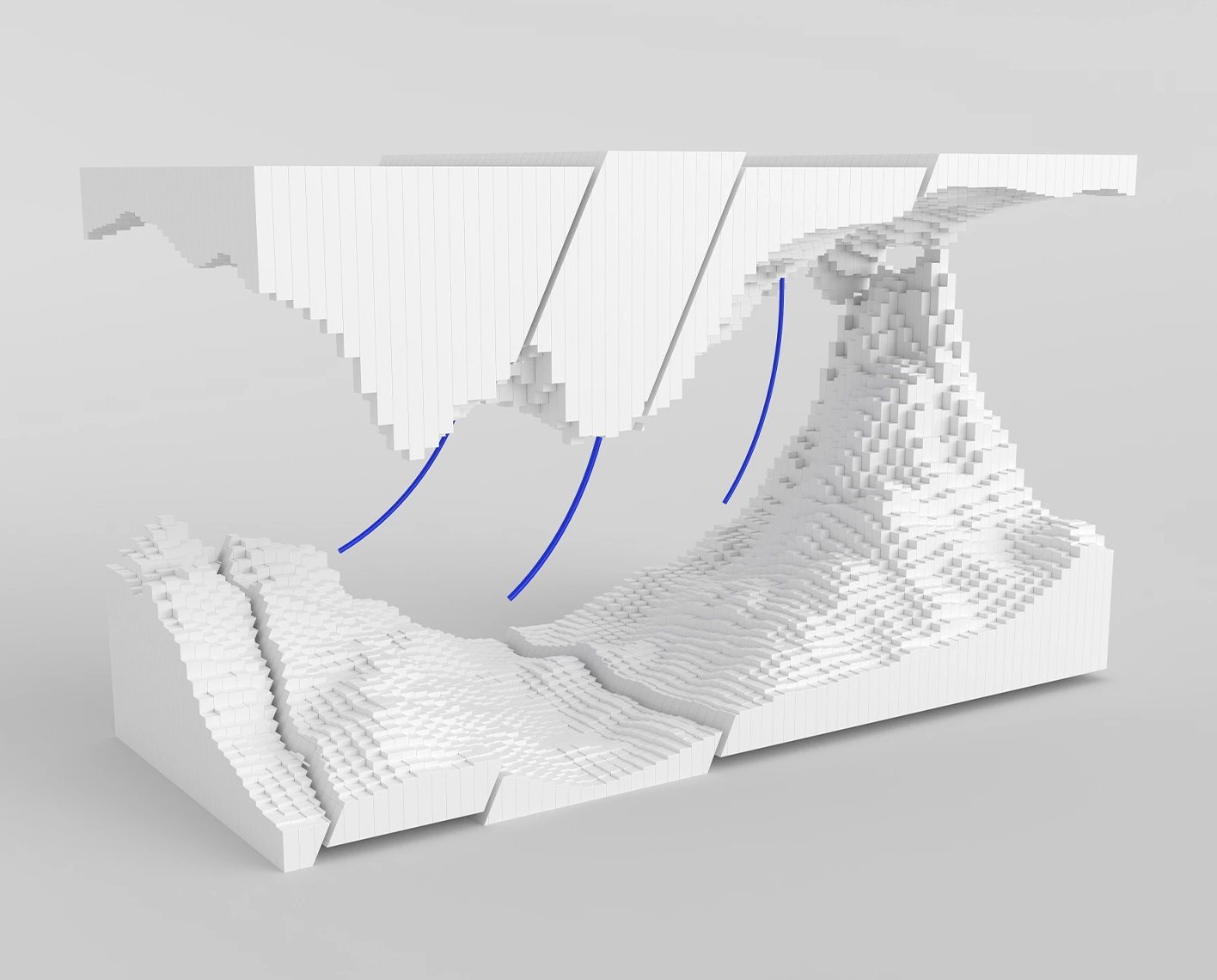
Petrel™ subsurface software is available on-premise and in the Delfi digital platform, for geoscientists and engineers to analyze subsurface data from exploration to production, enabling them to create a shared vision of the reservoir. This shared earth approach empowers companies to standardize workflows across E&P and make more informed decisions with a clear understanding of both opportunities and risks.
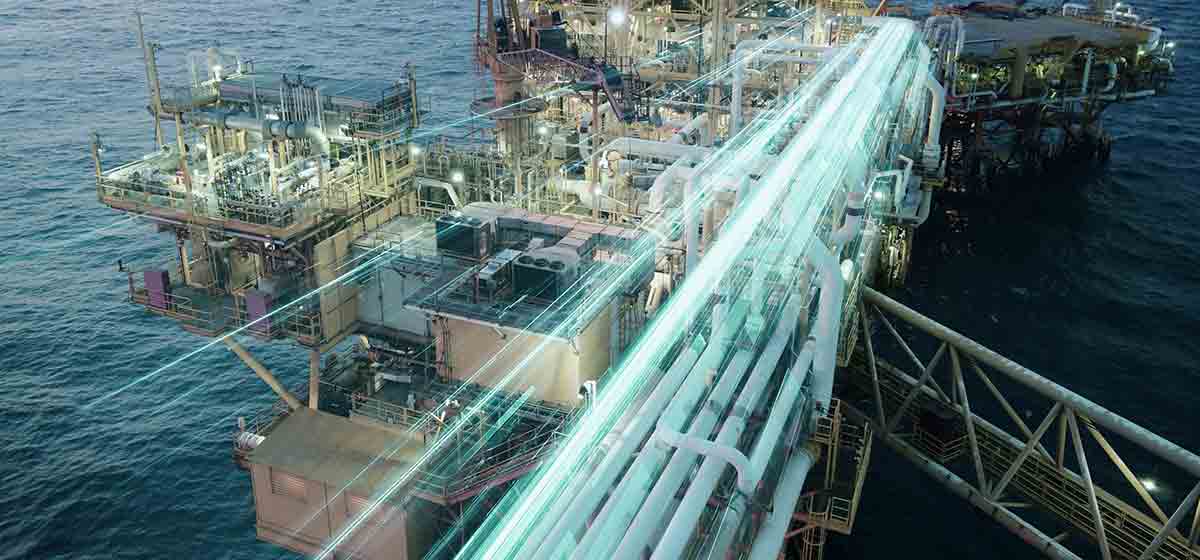
Petrel is available in domain profiles on Delfi
Choose the solutions you need from our subscription profiles. Available domain profiles cover the entire E&P life cycle.
Petrel 2024.6 and Studio 2024.8 release announcement
Updates from Petrel 2024.6 to Petrel 2024.8 deliver the latest in domain workflows, functionality, and productivity. In these releases, new functionalities have also been added based on popular feature requests.
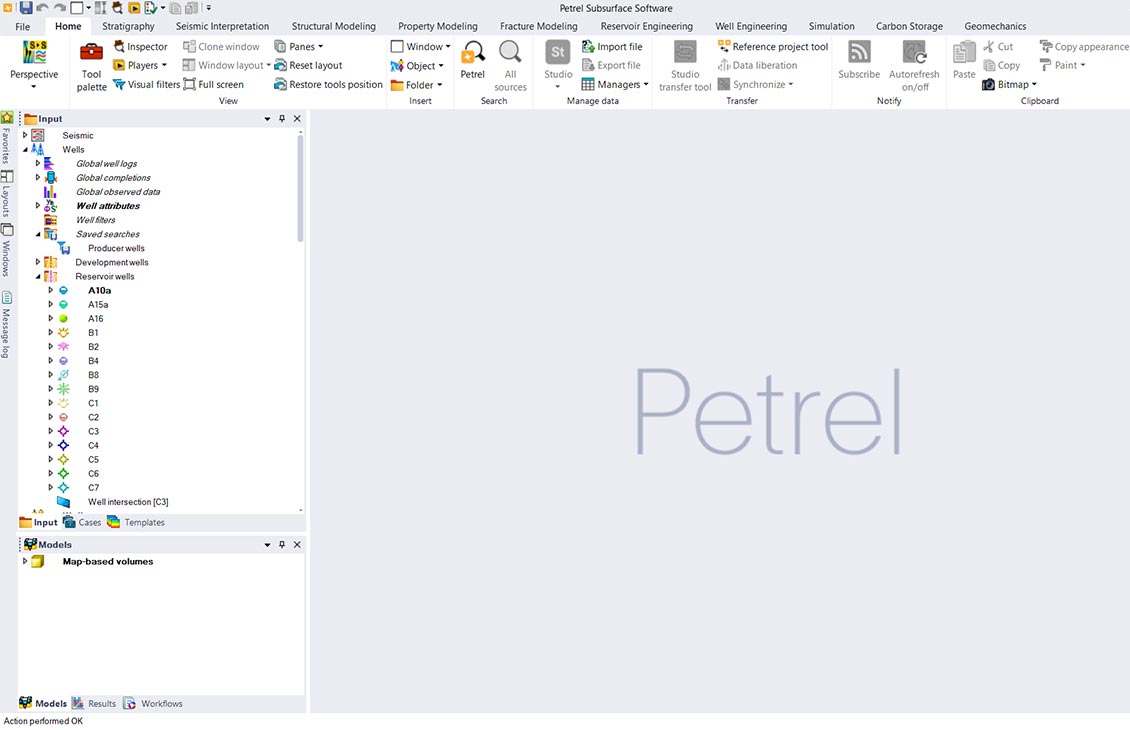
In 2024.8, we’ve unveiled a modern look, and a cleaner, more streamlined design. The simplified layout makes navigation faster and more intuitive, while consistent visual elements create a cohesive experience across the platform. The result is a more enjoyable, efficient, and professional user experience that reflects the high quality of the tools.
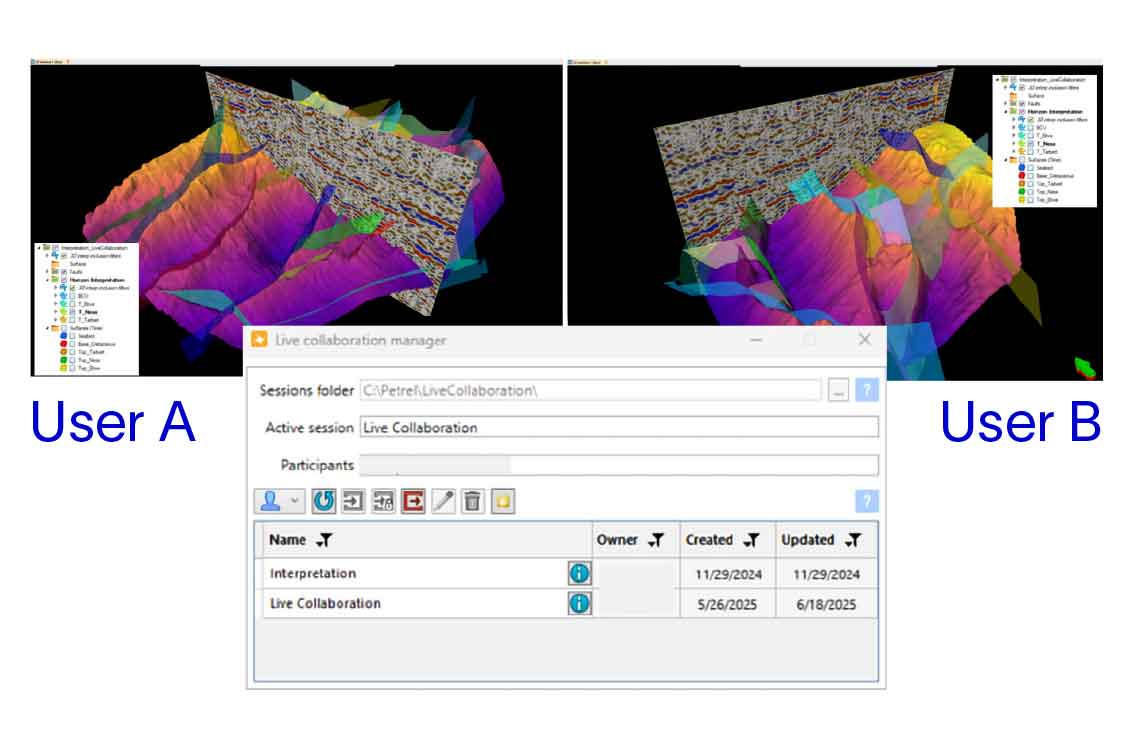
Live collaboration in Petrel software facilitates efficient, real-time teamwork in geophysical and geological interpretation, making it easier and faster than ever for geoscientists to collaborate, iterate, and deliver high-quality results. Multiple users can work simultaneously and in real time for several geological and geophysical datatypes.
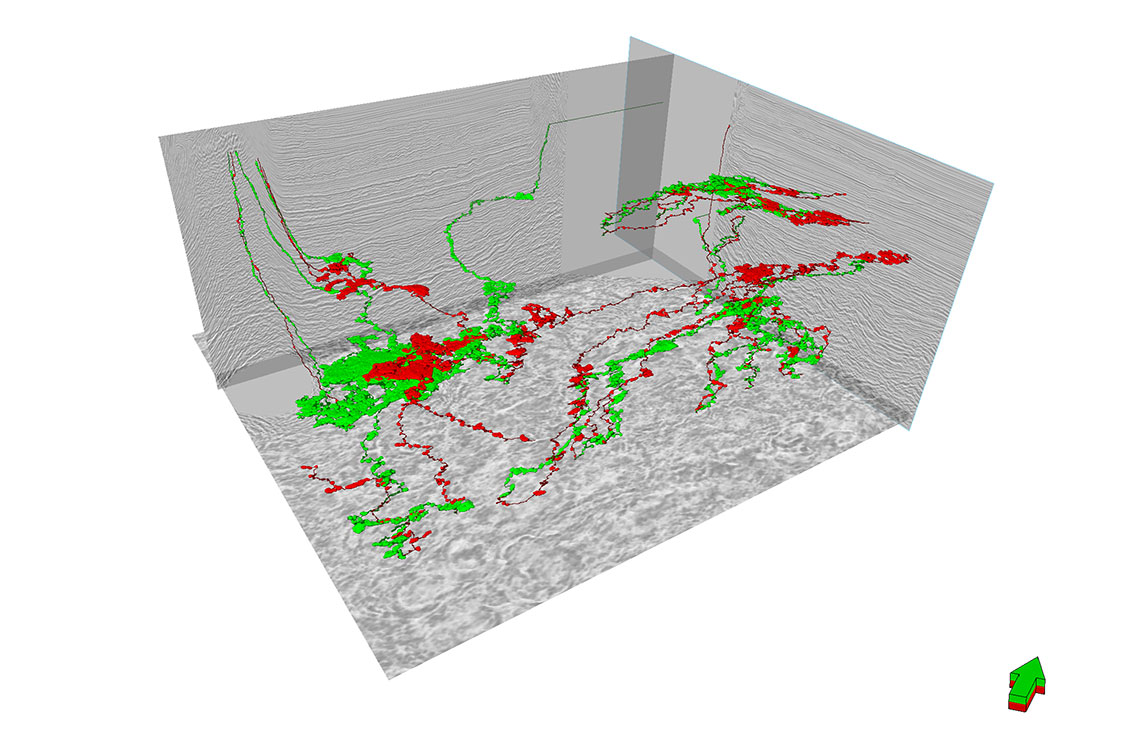
Revolutionize your fluid migration workflows with this innovative tool that simplifies and accelerates analysis directly on seismic volumes. Effortlessly map migration pathways, evaluate CO₂ storage potential, and integrate ML-driven fault cubes for enhanced insights—all with high performance and scalability. Transform seismic data into actionable decisions faster than ever.
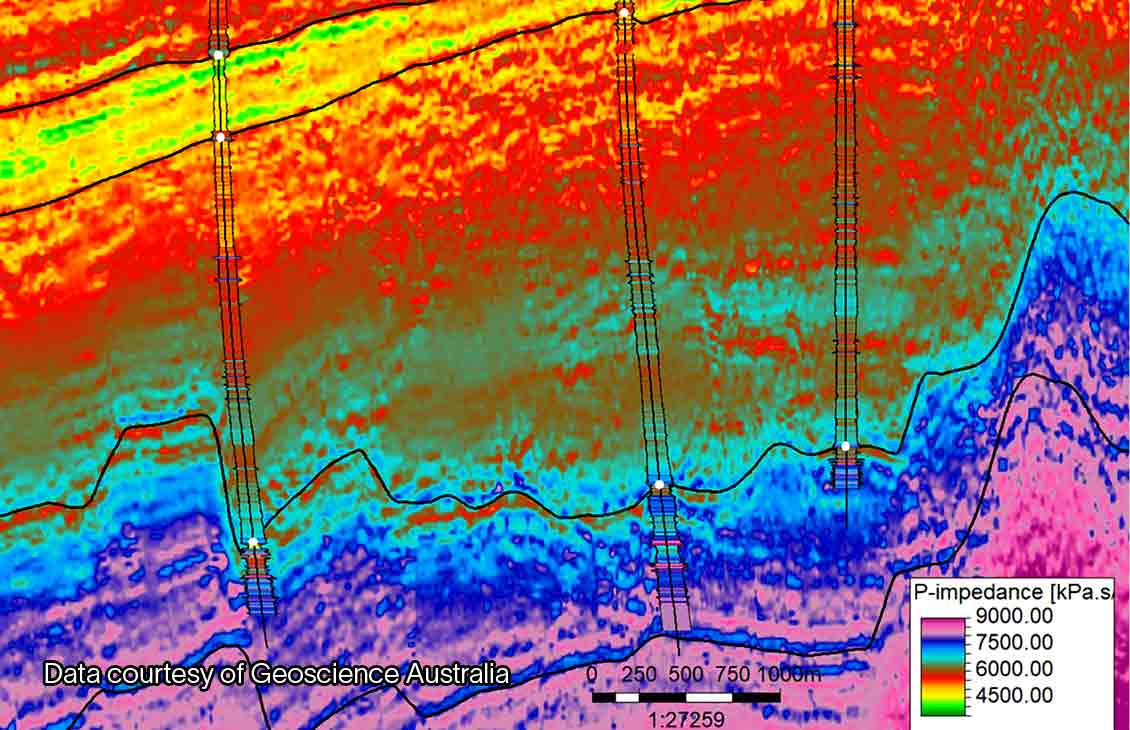
QI results are relative in nature, as the input seismic is missing the low frequencies. A user-defined background model can now be added to the results to generate an absolute attribute. The background model must be of the same template as the target attribute. You can predict absolute properties to get better insights into subsurface changes.
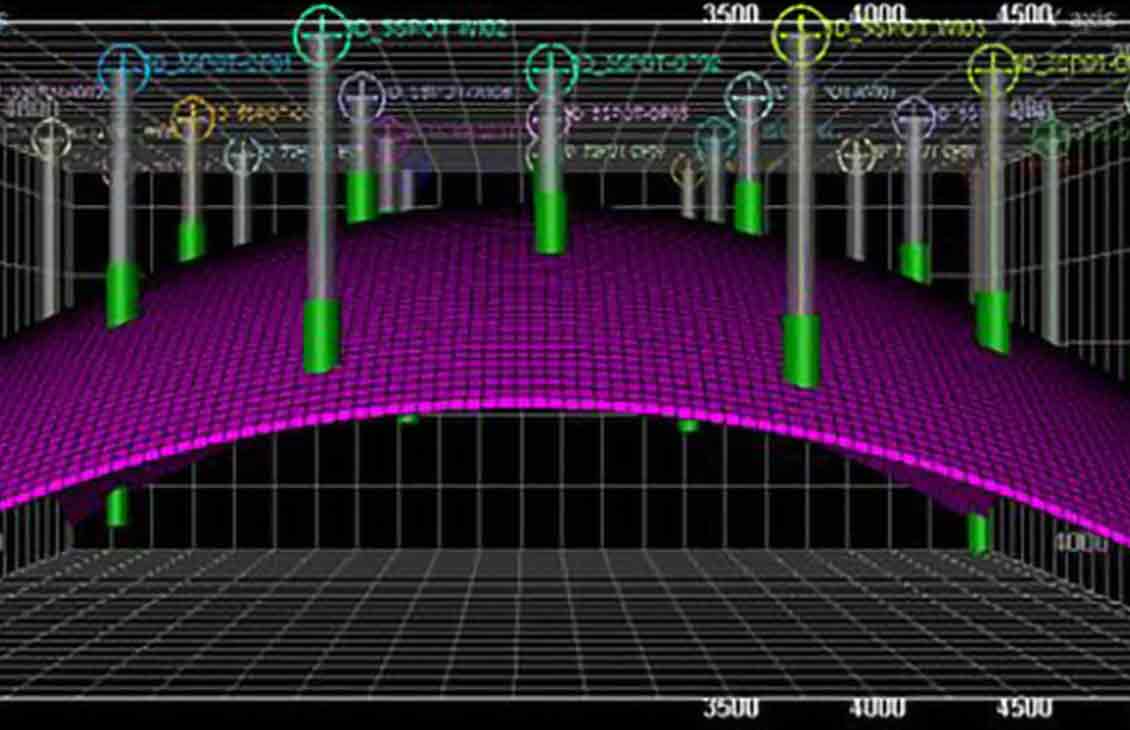
Conventional model builder (CMB) is a new addition to the reservoir engineering (RE) extension suite of plug-ins. The CMB plug-in is designed to streamline the generation of simulation models for conventional reservoirs.

LGRs enable users to increase model resolution near wells, around surfaces, near faults or inside a region of interest. The subdivision of depogrid cells to create LGRs is consistent with the original creation of the depogrid in the unfaulted depositional space, using the (U, V, W) coordinates. LGRs can be consumed in the Intersect simulator to improve flow simulation accuracy in the associated areas.

Discover the capabilities of Petrel through our demo video series. Learn about advanced features, practical applications, and tips to enhance your workflow. Explore what you can achieve with Petrel today!

Machine learning assisted fault interpretation is a geoscience driven fault prediction solution in Petrel.

Certain processes in Petrel allow you to auto identify uncertainty parameters in the U&O process.

It is now possible to add a statistics table to a histogram window.

Machine learning assisted horizon interpretation enables tracking of multiple waveforms simultaneously.

Machine learning assisted quantitative interpretation is now available in Petrel.

Perceptual colour tables have been added to Petrel 2024.

A new process in Petrel designed for rapid estimation of single and multi-well wavelets.

Follow these steps

Defining uncertainty variables is an important step in any uncertainty workflow.

The well data browser can be used to interrogate wells, logs, and well tops.
Base configuration, providing an integrated platform for geoscience and reservoir engineering.
An integrated environment for geoscience and drilling from well design to geosteering
Full suite of tools including petroleum systems modeling, well correlation, mapping, and geocellular modeling
An unparalleled productivity environment, completely scalable with integrated pre- and poststack geophysical workflows
Integrated 3D and 4D geomechanics modeling and analysis workflows to understand subsurface behavior and plan wells in complex environments.
The collaborative environment for reservoir characterization, development planning, production evaluation, and optimizing reservoir performance.
Enhance the evaluation, development, and production of unconventional resources
Quality and capability tool, including in-context guidance, guided and QC workflows, with the ability to capture knowledge and best practices.

Improve reservoir prediction in clastic and carbonate sediments.

Multiuser knowledge collaboration and sharing to improve multidisciplinary productivity.

Brings together our collection of digital solutions for petrotechnical workflows.